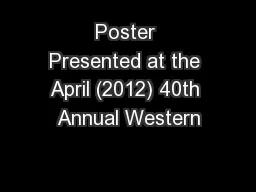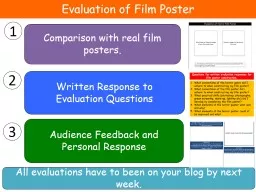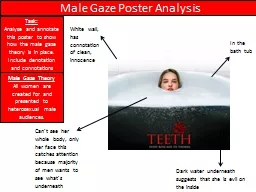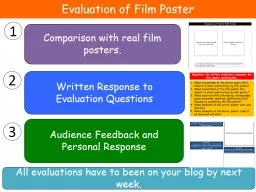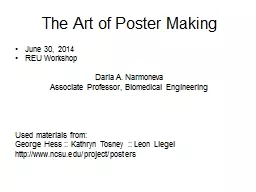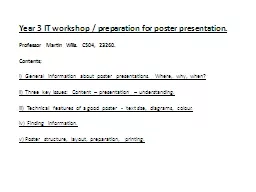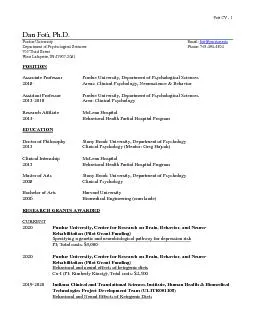PDF-Poster Presented at the April (2012) 40th Annual Western
Author : calandra-battersby | Published Date : 2017-01-22
Pennsylvania Undergraduate Psychology Conference Edinboro PA Irritability Through Music Genres 1 Kara Szoszorek Robert Morris University Music and the ways it can
Presentation Embed Code
Download Presentation
Download Presentation The PPT/PDF document "Poster Presented at the April (2012) 40t..." is the property of its rightful owner. Permission is granted to download and print the materials on this website for personal, non-commercial use only, and to display it on your personal computer provided you do not modify the materials and that you retain all copyright notices contained in the materials. By downloading content from our website, you accept the terms of this agreement.
Poster Presented at the April (2012) 40th Annual Western: Transcript
Download Rules Of Document
"Poster Presented at the April (2012) 40th Annual Western"The content belongs to its owner. You may download and print it for personal use, without modification, and keep all copyright notices. By downloading, you agree to these terms.
Related Documents

